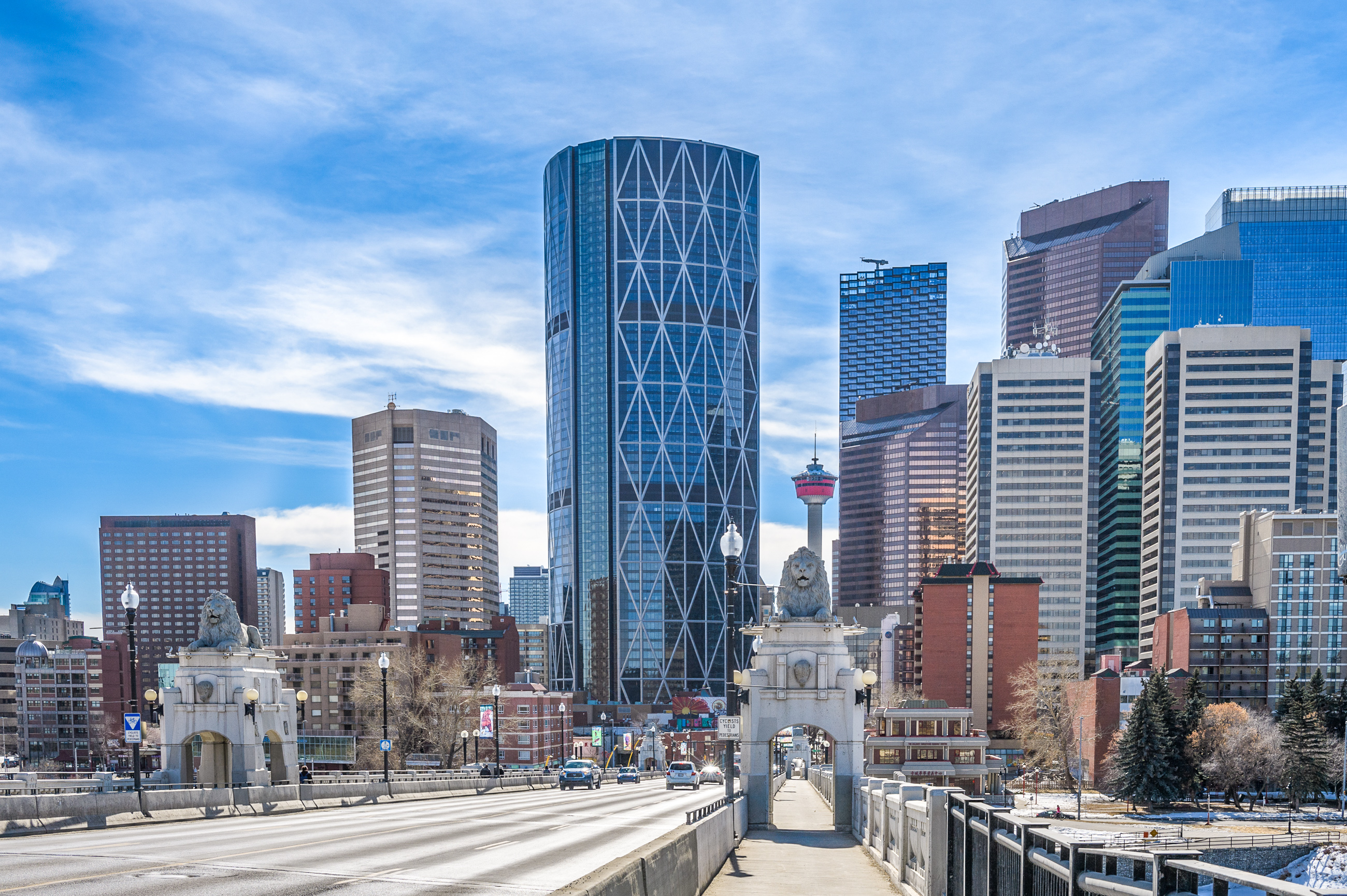CBBarnett
Senior Member
And the Blue Line is a pretty good design, but had is own issues. Here's a public audit done after construction finished, that has some interesting details - some unique, some consistent - with other projects. It didn't seem like a cheap time to build back then, but it certainly looks cheap now!The thing is, I don't think anything other than enabling work was actually approved until the end of this January so there was nothing to be leveraged. If I'm the province I'm not contributing to something that hasn't been approved. I'm not actually sure what the City was doing going ahead spending a billion dollars on all that work on something that very well could've been nothing? I know some of that money went to the design of the SE segment but still... The landfills that were remediated and all the work around Ogden would've needed to be done but not necessarily.
It is jarring how bad we got at LRT in what seems like such a short amount of time. The Blue Line west extension wasn't that long ago.
Main point - budget of $700M became about $1.3B over the life of the project, so nearly 100% cost over-run:
West LRT Audit, 2013
Original budget cost = $700M in 2007, not sure if the alignment was finalized yet:
Total actual cost ended up being ~$1.3B by 2013:
While this third table is the budget approved of about $1.4B:
A couple observations from a quick read:
- Land: They originally had some $50M, came out to $162M. Not clear if they guessed wrong (1) or added non-LRT stuff into the land price like the new school site, the interchange land, Bow Trail expansion (2). Probably a bit of both.
- Non-LRT stuff added in: $100M+ were scope additions were not for the LRT itself - the school rebuild, parkade at 69th Street, random Bow Trail upgrades and Sarcee Trail interchange.
- It can be argued that some of these were "triggered" by the project, but lots are totally optional - even if it's a good idea to build the Sarcee interchange, it's not benefitting the primary project. The project would look cheaper if they didn't build the Saree Trail interchange.
- Financing costs - this one is interesting. Essentially the Province delayed providing their grant funding due to a budget issue, causing the city to take out debt to bridge the project until the province actually sent over the money. Increased the project cost by $108M.
Last edited:

